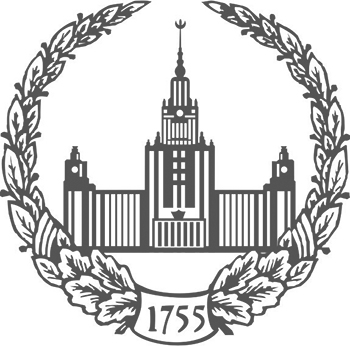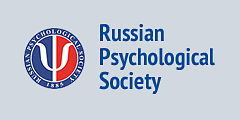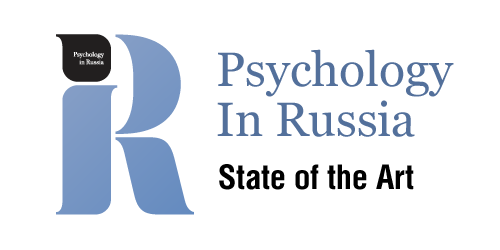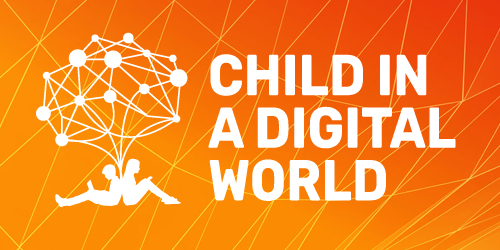Keywords
systems concept
Publications
Fedorovich E.Yu., Varga A.Ya., Mitina O.V.(2015). The appearance of pets in the family depending on the age of the children. Moscow University Psychology Bulletin, 2, 77-92
Along with conventional notions about the positive influence pets on the development and psychological well-being of children, an increasing number of investigations evaluate the role of pets in the life of the modern urban family more carefully. Existing contradictions can be resolved via submission on pets as integral and important parts of the entire family system: the emergence of pets in the family may be associated with the maintenance and regulation of its homeostasis. We tested this assumption in the empirical research, which objectives were: 1) identification of the association between the age of the child/ siblings and appearance pets in families; 2) correlation of the data with the stages of family life cycle. Based on the data obtained from the survey (n=658) among students, conducted among first-year students of the faculty of psychology of Moscow State University and among the clients of the veterinary surgeon in 2008—2012 (n=75), we have analyzed the dependence of the frequency of occurrence of pets, which respondents considered “family member”, on the age of child/children in the family at the time of their purchase. According our findings pets’ appearance in a family with the only child happen when the child is 7, 9, 13, 16 years old, in a family with two children it happens when the second child is 7, 9, 13 years old and (or) the first one is 12—16 years old). These peaks happen when families have normal crises, not related with the changing family structure, but with the other factors, particularly with necessity contacting with social surrounding or with strict changing demands of psychical development of the child. The peaks of appearance pets in a family which were found by us can be evidence of including pets in regulation homeostasis of family life.
Received: 12/16/2014
Pages: 77-92
DOI: 10.11621/vsp.2015.02.77
Keywords: pet;
systems concept;
triangulation;
family psychology;
family normative crises;
animal-children relationships;
Available Online: 06/30/2015
Ivanov M.A. (2012). Client-centered approach to management consulting. Moscow University Psychology Bulletin, 1, 125-132
The article is dedicated to a description of the author’s approach to management consulting. The author considers the object of consulting as a system with three elements: client—organization—environment. The alignment of interaction in this system is considered to be the main goal of consulting process. Values basis of the approach, principles of interaction with a client, special consultant’s position are described in the article.
Pages: 125-132
Keywords: management consulting;
client-centered approach;
organization-centered approach;
systems concept;
client;
contract;
principles of interaction with client;
process and expertise in consulting;
Available Online: 03/30/2012
Zinchenko Yu.P.(2011). Security psychology as social systemic phenomenon. Moscow University Psychology Bulletin, 1, 4-11
Security psychology considers via social systemic search for contiguity and mutual complement of existing advances of psychology and conceptual security understanding. The ability of systemic vision of security and its cognitive and practical character are demonstrated. The possibility to investigate safety psychology as social theoretical construct is suggested. Multi-aspect approach to security is substantiated. Methodological challenges of psychological security are discussed.
Pages: 4-11
Keywords: personal safety;
systems concept;
social theoretical construct;
security concept;
social and psychological fundamentals of security;









